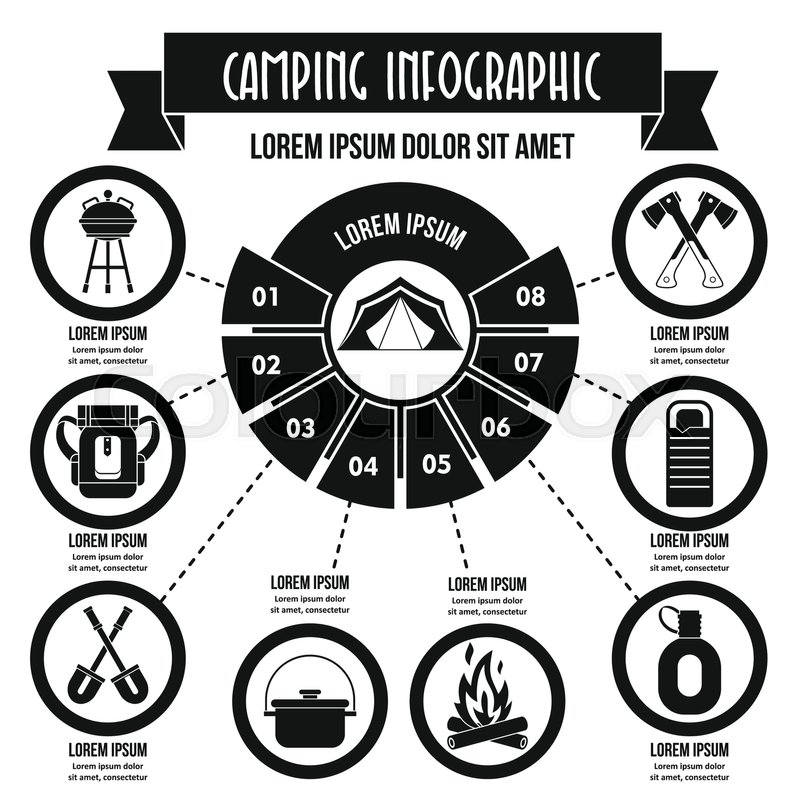Make Buyers Come To Your Camping Tents By Using These Tips
Make Buyers Come To Your Camping Tents By Using These Tips
Blog Article
Exactly How to Correctly Set Up Your Camping Tent Before Camping
Establishing your outdoor tents can be a daunting job for also knowledgeable campers. This overview will cover the essentials of pitching a tent properly and securely so you can appreciate your camping trip without stress or fear.
Do you need a tarp for a tent?
Begin by laying out your camping tent's footprint and ground sheet to secure your outdoor tents floor from rocks, sticks, dust, and other debris. Next off, put together the outdoor tents poles and secure them to the edges of the tent body utilizing the appropriate sleeve or hook.
Selecting the Right Website
When you are exhausted after a lengthy day walking, you want to pitch your camping tent and prepare yourself to sleep. However you need to first walk around the website to ensure it is secure for camping. Look down and as much as figure out whether any trees have big dead branches that can fall on your tent. These are often called widowmakers and you do not want them to drop on you while you're resting.
Additionally be sure to prevent reduced places that could flood throughout a tornado and to camp far from animal tracks, nests and environments where ticks and chiggers are more than likely to thrive. Look for a level, rock-free place that is big enough for your camping tent and any other gear you'll be bringing.
Some people like to establish their outdoors tents up so the head end is pointed toward the east to capture the sunlight's warming rays first thing in the morning. This isn't always required, yet it is a wonderful touch that can help wake you up.
Pitching Tips
It may seem evident, yet correct tent throwing is just one of one of the most important factors in a good night's sleep. Having a practice run in your home will certainly aid you acquaint on your own with your tent, find all the pole sleeves and fasteners, and make certain whatever remains in area. It's additionally a great time to practice using guylines for stability and to discover any type of damaged pieces.
When you come to your outdoor camping website, check out the surface to see if it appropriates for your outdoor tents. An excellent general rule is to pitch the tent on a flat, level spot with a small downhill angle. This will allow rain to drain away from the camping tent instead of pooling in front of it.
If you can't find a level area, consider placing a tarp or other groundsheet under your tent footprint to shield it from dampness. This can additionally aid maintain dust out of the camping tent.
Utilizing Guylines Successfully
Utilizing person lines successfully is important to making certain your camping tent or hammock stays secure in high winds and other bad climate condition. An individual line is a rope or cable that connects to the ground with loops and D-rings in the structure, tarpaulin, or rainfly.
Beginning by protecting one end of the line to a guyout loop on your tent or rain fly, or to camping in luxury tents the post it's affixed to. Then loop the other end of the line over a risk positioned well away from the structure and tighten it.
Maintaining your sanctuary's person lines taut will protect against sagging or drooping during windy problems, stopping wetness from seeping right into the outdoor tents or damages to the structure and enhancing convenience and security during outdoor camping. Constantly inspect the tension of your individual lines throughout and after unfavorable weather conditions to guarantee they stay protected. In addition, take into consideration packing a guy line tensioner to conveniently change and maintain the correct quantity of tension in your lines.
Removing the Camping tent
When settling right into your camping area, find a place with a flat area and clear it of rocks and particles. Also, make certain to put down a tent impact or tarp a little smaller than your tent body to stop water pooling. This aids keep your outdoor tents completely dry from rain or condensation and can be specifically useful in gusty areas.
Analyze your gear, consisting of the camping tent stuff sacks to make certain absolutely nothing is missing. Examine that the poles match their clips and restock first-aid items if needed.
When it's time to pitch your tent, begin by orienting the doors downwind, and stake down each edge of the camping tent. If the ground hangs or sandy, think about spreading out a tarp under your outdoor tents to safeguard it from wind and lower the probability of your tent tipping over. Additionally, make sure to make use of guylines efficiently to restrain your rainfly and keep it tight. A well-pitched tent can stop dripping, condensation, and sun damages.
How do you store a tent for winter?
